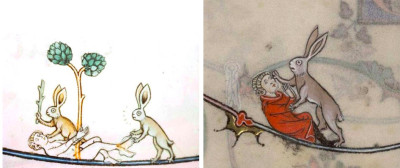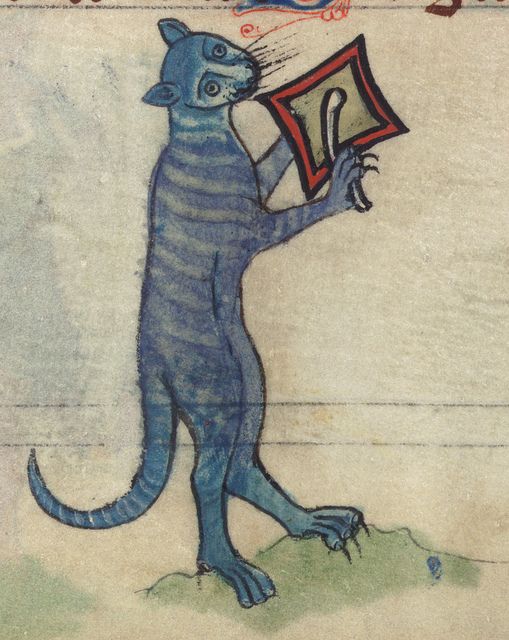
And beware well not to leave open books at night where cats can come.] Cursed be this cat for peeing over my book! (© Cologne, Historisches Archiv, G.B. Et cavendum valde ne permittantur libri aperti per noctem ubi catti venire possunt.” Confundatur pessimus cattus qui minxit super librum istum in nocte Daventrie, et consimiliter omnes alii propter illum. “Hic non defectus est, sed cattus minxit desuper nocte quadam. He was forced to leave the rest of the page empty, drew a picture of a cat and cursed the creature with the following words: A Deventer scribe, writing around 1420, found his manuscript ruined by a urine stain left there by a cat the night before. One of the manuscript pictures tweeted by that this is nothing new: Cat paws in a fifteenth-century manuscript (photo taken at the Dubrovnik archives by the medieval owner of this manuscript may have been quite annoyed with these paw marks on his otherwise neat manuscript, another fifteenth-century manuscript reveals that he got off lucky. Paws, Pee and Pests: Cats among Medieval ManuscriptsĮveryone who has ever owned a cat will be familiar with their unmannerly feline habit of walking across your keyboard while you are typing. In this present blog, I have added the rather entertaining aftermath of the blog post (I was contacted by The International Cat Association!), as well as a better version of the image of the medieval manuscript that was peed over by a mischievous feline in fifteenth-century Deventer… When I understand a dearly loved difficult question.ĭirected toward understanding clearly that which is difficult.Since today is #InternationalCatDay, I figured it was time to reboot the following blog post, which appeared three-and-a-half years ago on medievalfragments and is my most succesful blog post so far. I direct it against acuteness of knowledge. It is customary at times for a mouse to stick in his net,Īs a result of warlike struggles (feats of valor). To be quiet beside my book, with persistent inquiry. [Here’s the translation, from here, that I had posted originally. If you’re interested in more marginalia (and even more kitty marginalia!) check out the series over at Got Medieval. A list of these was floating around Twitter a few weeks ago.

The same thing occurs in another manscript, where in pen trials (doodles or short marginal lines to ensure the pen works properly on that particular piece of vellum) a monk complains about bad weather, bad parchment, his aching back, etc. That they got tired of their work sometimes, that they found certain things difficult, that they liked to watch kittens play with mice. The poem’s deeper allegorical meanings aside, we forget sometimes that monks were people too. A monastery must have been a great place for a cat: mice, big houses and lands to play in, and monks to feed and cuddle you when they get bored/tired of their work. The historical value is obvious, but let’s face it, we like it because it’s adorable. Translation from: Gerard Murphy, Early Irish Lyrics

When I understand a dearly loved difficult problem.ĭirected at understanding clearly what is difficult. I direct it against keenness of knowledge.

It is usual, at times, as a result of warlike battlings,įalls some difficult rule of hard meaning. We have something to which we may apply our skill, When the two of us (this tale never wearies us) are I love (it is better than all fame) to be quietīeside my book, diligently pursuing knowledge. You can see the version I had posted originally below. Here is a translation, from here (the website also has a transcription and reading of the Old Irish by Máire Ní Mhaonaigh). something written into an empty space around the main text) in Old Irish. The Reichenauer Schulheft manuscript is really interesting because of the lines you see at the bottom of the verso (on the left here) page of this spread:


 0 kommentar(er)
0 kommentar(er)
